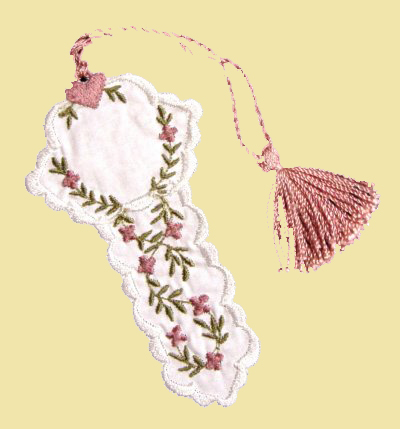The History of the Battle of Navarino
Anchored within the sheltering bay of Navarino the Ibragim Pasha's Turkish-Egyptian Fleet with the Turkish squadrons under the command of Tagir Pasha, and the Egyptian force under Mukharem Bey, waited for the allies with 3 ships of the line, 23 frigates, 42 corvettes, fifteen brigs and 50 transports. The mouth of the bay was overseen by 145 cannon mounted within coastal batteries.
Serving as tactical advisor, Letellieu, a Frenchmen, suggested a battle plan to the Admirals. The Turkish ships would be brought up into a horseshoe formation with their ships of the line and frigates, subjecting the attacking allied fleet to an inevitable cross-fire.
In an attempt to prevent direct conflict between the fleets, the allies sent an ultimatum to Ibragim Pasha demanding an end to combat operations of the Turks against the Greeks. The Turks rejected the ultimatum as on the 29th of September a Greek naval force, commanded by Captain Frank Abney Hastings of England, had destroyed several Turkish vessels in Salona Bay in a savage attack, which had already violated the armistice.
The British commander, Codrington, the Russian admiral, Geiden, and French commander de Reney decided to cast anchor at Navarino, directly opposite the Turkish-Egyptian fleet, to deprive them of maneuver. The allies hoped to force the Turks to submit to their demands by this massive demonstration of force. By the evening of 8 October 1827, the allied fleets had taken their positions in the bay with Codrington aboard the 80-gun Asia, the British ships formed the for the French behind with the 74-gun Azov and the Russians in the rear. The allied force consisted of 3 British, 3 French and 4 Russian sail of the line, and the French admiral's flagship the 60-gun Sirene. There were also 4 British, a French and 4 Russian frigates, and 6 British and French brigs and schooners. This fleet of 26 vessels faced off a combined fleet of 68 war vessels and the shore batteries.
